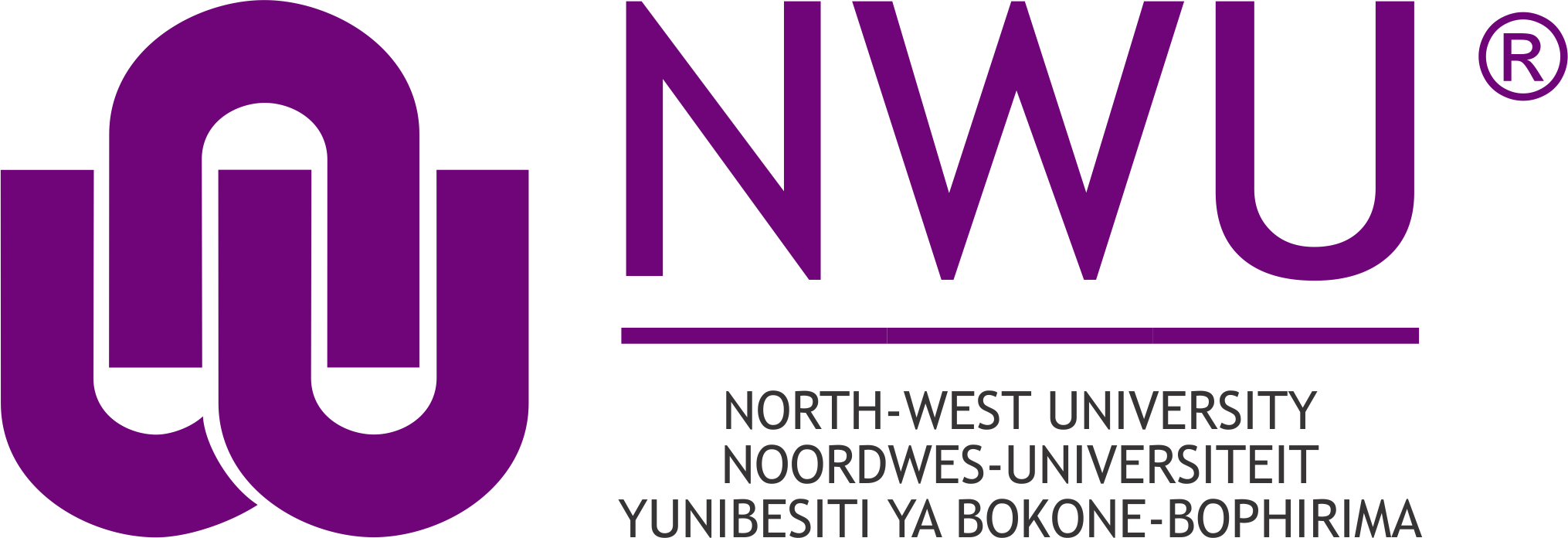The price must stay right: the massive numbers behind hunting in SA
More should be done to promote hunting and the acceptance thereof among the general public. This is but one recommendation from Prof Melville Saayman and his team at TREES (Tourism Research in Economic Environs and Society) at the Potchefstroom Campus of the North-West University that sheds new light on the hunting industry.
The study unequivocally shows that the larger community greatly benefits from biltong hunting and the extent to which the industry supports numerous sectors of the economy - R8.55 billion worth.
"The numbers speak for themselves. This is a huge industry. But, it is wrong, even na"ive to think that the industry can continue to deliver its current yield at the rate consumables are getting more expensive," Saayman explained.
"With wildlife farmers catering more and more to international hunters, those with the buying power of the euro and dollar, local hunters are drawing the short stick. Are we seeing the hunting industry reaching its critical mass before it implodes? I hope not, but look at current record low rand. Look at the inflation rate. The current situation does not bode well for local hunters and as an economy we cannot afford to lose them."
The study shows that in 2005, the average hunter spent R4 130 per trip. That ballooned to R 9 544 in 2007 to R16 565 in 2013. The last two years have seen a 23% increase to R20 328. If taken into consideration that there are about 200 000 biltong hunters in South Africa and that the average yearly expenditure in 2015 was R20 328 (average spending) and R19 545.75 for game. This equates to R8.55 billion which is a 35% or R2.25 billion increase from the 2013 season (R6.3 billion). The reason for the relatively large increase is due to increased spending on accommodation, hunting gear, food, meat processing, ammunition and the average price increase of the species hunted.
Accommodation generated R759 million followed by transport (R631 million), meat processing (R495 million), hunting gear without ammunition (R482), food (R379), ammunition (R355) and R234 on daily fees. When these components are added the total sum is R4.65 billion.
Respondents in the survey used as the basis for the study indicated that Limpopo is their preferred province to hunt in (48%), followed by the Northern Cape (18%) and Eastern Cape (11%). Since 2005 to 2015, the average stay per hunting trip remains roughly four days.
The five species that were hunted the most in 2015 were Springbok (21%), Impala (17%), warthog (12%), Blesbok (12%) and Kudu (8%). This has remained the same for the duration of the decade. The average price paid for a Springbok in 2015 was R944.04, R1 413.06 for an Impala, R1 452.56 for a Blesbok and R693.71 for a warthog. Each hunter killed eight animals on average.
"Hunters have a limited budget but the study clearly shows a huge increase in consumer costs. Thus, they are hunting less. Hunting makes massive contributions to conservation. Hunters are not just hunters. They impact various areas and they play a variety of important roles," said Saayman.
One of the points of contention for local biltong hunters is that wildlife farmers often do not handle hunters as normal consumers. They have to be more accommodating as hunters provide a service. Good refrigeration chambers, butchering facilities, accommodation, quality animals would go a long way in fostering loyalty.
"There is a general perception that wildlife farmers and hunting lodges do not sufficiently cater for the local market. This is a grievous mistake," Saayman stressed.
However, hunters should be more aware of the image they themselves create about the industry and hunters.
"Hunters must be educated in what to upload on to social media, meaning what pictures of the hunt will be acceptable to the broader public," he concluded.
Expert name: Professor Melville Saayman Telephone number: 018 299 1810 E-mail address: [email protected] Expert link: http://news.nwu.ac.za/experts/melville-saayman
